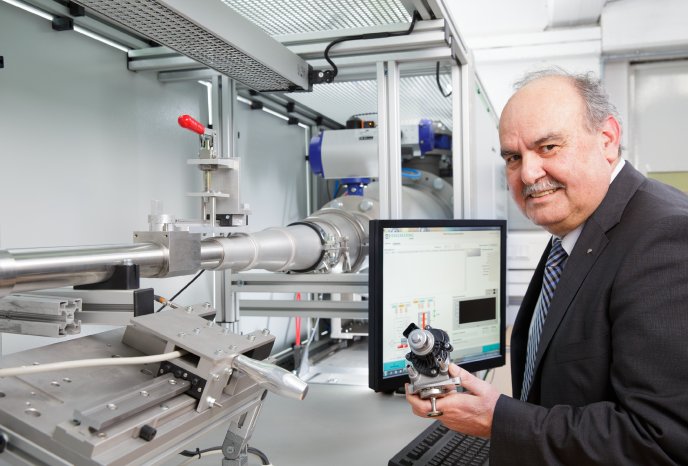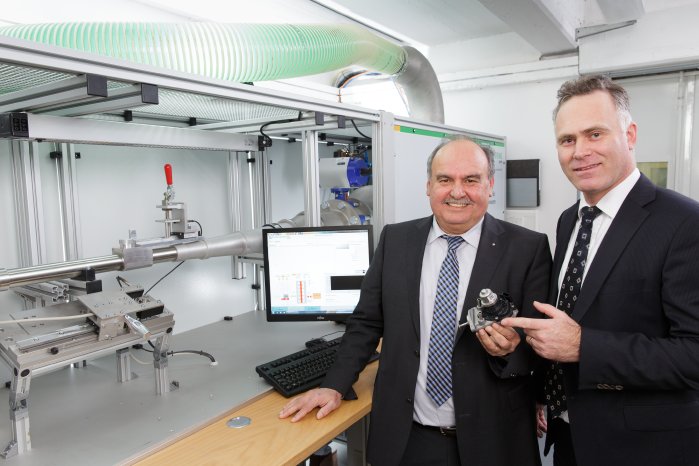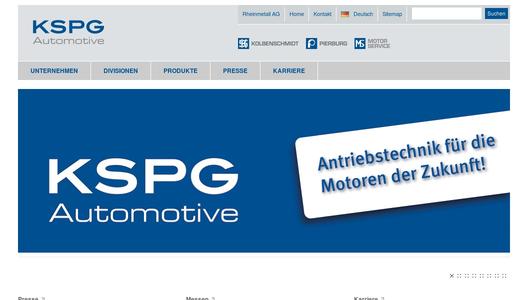In answer to the rising cost of fuel and ever tighter regulations regarding CO2 emissions Pierburg GmbH has for decades now been specializing among other things in exhaust-gas recirculation (EGR) modules. Among the observable trends is that the EGR valves that since the start of the 1980s have chiefly been employed for the reduction of diesel engine emissions, nowadays are increasingly being fitted to gasoline engines given the incremental fuel-saving potential of such valves.
Meanwhile, Pierburg's annual production volume of EGR valves and modules is as high as six million units. The valves are made not only at the German plants but also in the Czech Republic, Spain, USA, India, and China.
The effect of exhaust-gas recirculation is based on a lowering of combustion temperatures in diesel and gasoline engines. Lower temperatures mean a reduction in nitrogen oxides. On gasoline units, this is accompanied by less fuel consumption because of engine dethrottling under partial load-one reason, in particular, why EGR modules are catching the eye of carmakers nowadays.
About the compact EGR valve
The compact EGR valve is operated by a geared DC motor and has a contactless Hall sensor for detecting valve position. Depending on customer wishes, it may feature electromagnetic protection and integrated water cooling. It is available in standalone, plug-in as well as fully integrated cooler module versions.
Regarding production materials, the tough thermal, mechanical and chemical environment requires the use of highly heat- and corrosion-resistant steels. Other critical component criteria include low flow resistance and good controllability of the recirculated waste gases especially of very small amounts. A high-strength actuator allows waste-gas backpressures of up to 5 bar to be coped with.



